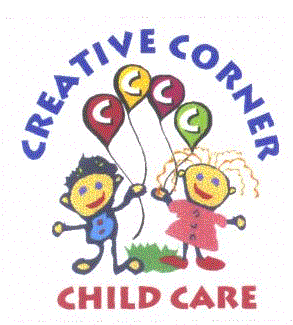CDC recommends delaying travel until you are able to get fully vaccinated. If you are traveling with children who cannot get vaccinated at this time, follow recommendations for people who are not fully vaccinated and choose the safer travel options described below.
Check CDC’s Domestic Travel or International Travel pages for the latest recommendations for vaccinated and unvaccinated travelers.
- Wear a mask over your nose and mouth in public. Wearing a mask over your nose and mouth is required on planes, buses, trains, and other forms of public transportation traveling into, within, or out of the United States and while indoors at U.S. transportation hubs such as airports and stations. Travelers are not required to wear a mask in outdoor areas of a conveyance (like on open deck areas of a ferry or the uncovered top deck of a bus).
- Avoid crowds and stay at least 6 feet/2 meters (about 2 arm lengths) from anyone who is not traveling with you.
- Wash hands often or use hand sanitizer (with at least 60%) alcohol.
People You Come into Contact with During Travel
Safer
- Contact with just members of your household.
- Contact with only fully vaccinated people.
Less Safe
- Close contact with people who are not fully vaccinated who are not from your household
Avoid
- Crowds
Transportation
During car travel, making stops along the way for gas, food, or bathroom breaks can put you and your traveling companions in close contact with other people and frequently touched surfaces. If traveling in a RV, you may have to stop less often for food or bathroom breaks, but you could still be in close contact with others while staying at RV parks overnight and while getting gas and supplies.
Traveling on buses and trains for any length of time can involve sitting or standing within 6 feet/2 meters of others, which may increase your risk of getting COVID-19. If you choose to travel by bus or train, learn what you can do to protect yourself on public transportation.
Air travel requires spending time in security lines and airport terminals, which can bring you in close contact with other people and frequently touched surfaces. Most viruses and other germs do not spread easily on flights because of how air circulates and is filtered on airplanes. However, keeping your distance is difficult on crowded flights, and sitting within 6 feet/2 meters of others, sometimes for hours, may make you more likely to get COVID-19.
Safer
- Short road trips with members of your household or fully vaccinated people with few stops along the way
- If you must fly, try to take flights with the fewest stops or layovers
Less Safe
- Longer trips by car or RV with many stops along the way
- Trips by car or RV with people who are not vaccinated or not from your household
- Flights with layovers
Avoid
- Long-distance train or bus trips
- Traveling on a cruise ship or river boat
Check your accommodations’ COVID-19 prevention practices before you go.
Safer
- Staying in a house or cabin (for example, a vacation rental) with people from your household or fully vaccinated people
- Visiting a fully vaccinated family member’s or friend’s home
Less Safe
- Hotels or multi-unit guest lodgings with common areas (e.g., bed and breakfasts)
- Visiting an unvaccinated family member’s or friend’s home
- Renting or staying in a house or cabin (for example, a vacation rental) with people that are not vaccinated or not in your household
Avoid
- Sharing spaces with many people or sharing bathroom facilities (for example, a dormitory-style hostel)
Before dining at a restaurant, check the restaurant’s COVID-19 prevention practices.
Safer
- Bringing your own food and drinks.
- Getting takeout.
- Using drive-thru, delivery, and curbside pick-up options and wearing a mask when interacting with restaurant employees.
Less Safe
- Eating outside at a restaurant where social distancing is possible and servers and other staff wear masks.
- Eating inside at a restaurant that is well ventilated, where social distancing is possible, servers and other restaurant staff wear masks, and diners wear masks when not actively eating or drinking.
Avoid
- Eating inside restaurants that are poorly ventilated, where social distancing is not possible, servers and staff do not wear masks, and diners do not wear masks when not actively eating or drinking.
- Self-service options that require extensive touching of surfaces, such as buffets.
Safer
- Camping with people who are fully vaccinated or from your household only and not sharing facilities with persons outside of your household.
Less Safe
- Camping with people who are fully vaccinated or people from your household only, but sharing facilities with people outside of your household, where distancing at least 6 feet/2 meters is not possible.
- Sharing tents or cabins with friends or family who are not vaccinated or in your household.
- Interacting outside with people who are not wearing masks but are keeping at least 6 feet/2 meters apart.
Avoid
- Camping in large dormitory-style settings with many people and shared facilities.
- Interacting outside or indoors with people who are not wearing masks and are not keeping at least 6 feet/2 meters apart.

